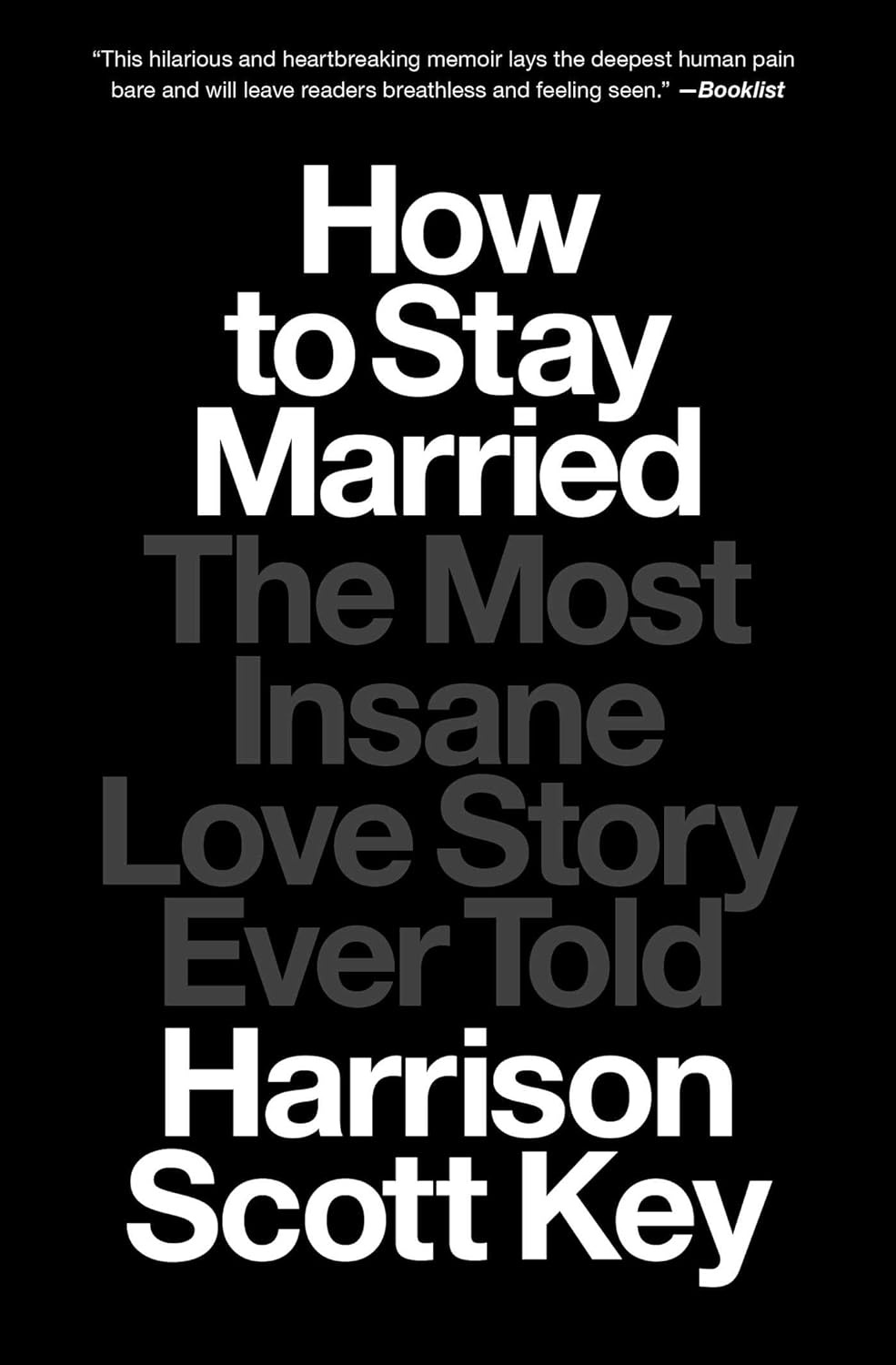Chalkboards and What They Can Teach Us About Generative AI
The technologies we use in the classroom reveal our values
Thank you for reading! My essays are free and publicly available without a paywall. If you want to support my work, consider sending it to someone who would get something out of it. If you feel so led, you can also financially support my writing by becoming a patron via a paid subscription.
As the calendar turns to August, the return to school is quickly approaching. Ah, the fleeting days of summer. I've written before about my approach to generative AI and how I'm engaging it in my classes. In most ways, my views on generative AI haven't changed since the early days of ChatGPT. I've been intrigued by these new tools and enjoyed experimenting with them for the last few years. But I've never quite bought the arguments that "generative AI is going to revolutionize education." Maybe it’s my inner critic but I’ve experienced how the sausage gets made: both in terms of what creates an effective learning experience and also, as an engineer, the many caveats and limitations of any innovative technology. The cutting edge is sharp, but it’s often rough too. We’re beginning to see a descent from the precipice of the generative AI hype cycle and with it, we're starting to see more lukewarm and critical perspectives emerge.
Stepping back to step forward
But before we grow cynical, I hope we can take this opportunity to treat generative AI as a catalyst for reimagining and reinvigorating our ecosystems of teaching and learning. Ever since the end of the spring semester, I've been thinking more about how I want to approach generative AI in my own teaching this fall. In my rumination, I've been searching for helpful heuristics and analogies to guide me. In doing so, I’m taking a hint from what I believe drives the staying power of the best critiques of technology that I’ve read. The power of their analysis has not been its dissection of the particularities of any one technology. Rather, their power has come from focusing one or two layers of abstraction above the nitty-gritty details of any particular technology.
The challenge ahead of us as educators is charting a wise path through turbulent water. While the hype around generative AI looks, at least to my eyes, as if it is beginning to fade, I expect that we will continue to see generative AI slowly roll out in more and more places over the next few years. And so, we'll be faced repeatedly with the question: how will I decide whether or not to use a particular generative AI tool in my teaching?
This will become even more significant as different instructors begin to make different decisions. When students are able to use AI in one class but not another there will be natural confusion and frustration. In order to avoid exhaustion we will need to avoid getting sucked into the nitty gritty details of particular tools. We're just not going to have the time to figure out how they work and understand the specific pros and cons of each tool. What will be much more useful is a slightly more abstract level of analysis. We certainly won’t all need to embrace or integrate generative AI in our classrooms. But I do believe we will owe our students an explanation about why we are, or are not, using generative AI in our courses.
Today I want to illustrate how we can do this by looking at the many values implicit in our existing choices of classroom technologies. As a first step, we all could benefit from making these implicit values explicit this fall. To see what questions to ask and how we might do this, let’s go to the board—the chalkboard, that is.
Chalkboard Culture
Even the word chalkboard makes tense up. I know why too—it's the scene from Peter Seller's The Pink Panther Strikes Again where Herbert Lom's character takes a clawed gauntlet to a chalkboard. This chalkboard scene is second only to the childcatcher from Chitty Chitty Bang Bang in my list of very mild childhood traumas.
Despite my aversion for chalkboards and chalk—I'll take a whiteboard over chalkdust-covered hands and a chalkboard with the potential for that sickening screech any day—many of my colleagues feel quite differently and adamantly so. Mathematicians are particularly well known as chalkboard lovers, going so far as to hoard piles and piles of Hagoromo Fulltouch Chalk amid fears that the company was going belly up. (Fortunately, the crisis was averted and now you can move chalk, along with Covid-19 pandemic favorite toilet paper, to the "no need to hoard; can have from Amazon within a day" list.)
So why the obsession with chalk and chalkboards? At first, you might think it’s a historical accident, but take a moment to consider it and you’ll see there is more there than meets the eyes. The reasons why mathematicians love chalkboards will give us insight into how we can think about generative AI in our classrooms.
Despite my own baggage with chalkboards, there are many aspects of teaching with chalkboards that I deeply appreciate. Chalkboards, like any other technology we use in the classroom, play several roles. As a technology, chalkboards…
Embody a culture
Provide a user experience
Support a pedagogical approach
First, chalkboards are a cultural artifact. They tell a story. Especially as you continue to learn more and more advanced mathematics, it's increasingly likely that you'll see chalkboards being used. This means that many mathematicians learned math from teachers who taught with chalkboards. As such, it was a natural part of their way of doing math and a natural tool they learned to use in their own practice.
While this reason is not sufficient on its own the support chalkboard use, the reasons go beyond simple historical precedent. In addition to their historical place in teaching mathematics, chalkboards also provide a certain user experience. While I personally have a hard time getting over my fear of making unseemly high-pitched noises every time I have to write on one, others rave about the writing experience that chalkboards provide.
There are both practical and aesthetic aspects. Practically, you never have to worry about picking up a dry whiteboard marker or that you'll have forgotten the right overpriced display adapter to connect your already expensive MacBook to the projector in the room. Been there, done that. With a chalkboard, if you've got chalk, you're good to go.
On the aesthetic front, I can't deny that there is something beautiful about mathematical boardwork on a chalkboard. It's connected to the way that chalk forces you to write—both in terms of speed and size. Not only that, but combined with the high-contrast, light-on-dark background, chalkboards help to slow down the pace of the class to give students time to process while they write instead of feverishly trying to jot down notes as the slides fly by. This is not to say that one must move quickly if using slides, but just a worthwhile note that the medium of delivering content matters, and its limitations may be blessings in disguise.
Taken together, these first two points create the foundation for the third and most important point. If you take nothing else away from this essay, take note of this: the technologies we use in our teaching embody pedagogical values.
Chalkboards embody a cultural history of mathematical education, are dependable, and encourage the slow development of ideas. In addition to that, they create space for flexibility and serendipity—it's much more challenging to take a detour in class in response to an insightful student question if you're bound to a set of slides. Furthermore, they invite collaboration as any person in the classroom community can come up front and write. The types of interactions that chalkboards invite are not often explicitly identified, but they should be.
These features go beyond simple logistical aspects of the teaching and learning experience. They indicate—strongly, yet subtly—what we value in the classroom. Are we concerned with covering as much material as possible within the time allotted or do we care more about understanding and wrestling with questions that might require time and space for contemplation? Is the classroom a space for top-down delivery of content or for collaborative learning as a community? Do we hold our time together with open hands, inviting student curiosity or do we want to stay on task and on script at all costs?
What does this have to do with generative AI, you ask? Well, on the one hand, generative AI and chalkboards seem unlikely bedfellows. But take a few steps back and some of the similarities will come into focus.
As we approach our classrooms this fall, as both students and instructors, we must spend a few moments to consider and articulate our educational values. Generative AI may or may not be a valuable asset in your classrooms. That's for you to decide. But as you decide, consider the educational values embedded in the generative AI tools you're considering. Do those values align with yours?
This will be increasingly important because the companies developing generative AI for education are honing their pitches and value propositions. The challenge of any conservative position is to clearly and convincingly articulate the value of the familiar in the face of the shiny, new, and unknown.
I'm thinking here of Jane Rosenzweig's excellent question and reframe: "To what question is ChatGPT the answer?" As you consider the tools available now and continuing to be released day after day, this question will help to put the most important aspects in focus. The tool might be providing the right answer. But what matters more is whether it's providing the right answer to the question that matters to you.
One of the big lessons in the wake of the movement to create and launch Massively Open Online Courses (MOOCs) was that making course content more widely available is not the core issue. Course content is a necessary, but not sufficient condition for learning to happen. The core issue of education is about creating the environment and culture in which students can consistently engage in the frictionful state that is learning.
Are we in danger of repeating the same mistake of the MOOC era with generative AI? Are the values embedded in generative AI helping us to discern between the helpful struggle at the core of how we learn? Or is the goal to eliminate friction whenever and wherever it can be found?
As we turn the corner toward the fall, I'm thinking about my teaching through the lens of the chalkboard. What are the tools I'm using and how are they supporting the work I want my students to engage with?
Reading Recommendations
Rob Nelson tackles a parallel train of thought in one of his latest pieces. Worth a read, like all of Rob’s stuff.
Marc Watkins reminds us of the power of a simple communication tool: face-to-face conversation. Perhaps talking to our students and colleagues about these tools is a good first step for charting a path toward engaging it this fall?
I stumbled on this post from Chris Guillebeau on Notes this week and thought it was an interesting storytelling prompt. What if instead of telling your life story in chronological order you thought about some alternative prompts? The five he suggests are:
"The moment I felt most alive was..."
"I never felt as scared as when..."
"My heart was fullest when..."
“A time when I really felt seen was…”
“I felt rejected when…”
The Book Nook
A friend told me about this book several months ago and it’s been on my list ever since. I can confirm How to Stay Married may not be the most insane love story ever told, but it surely is an insane love story.
What I appreciate most about Harrison’s writing is his brutal transparency and vulnerability. In a world where we all are continuously trying to curate the image that we present to each other, there is something challenging (and jarring) about reading such honest and vulnerable writing. This is not to say that any of us should be this transparent with everyone. But perhaps we should ask ourselves if we are reluctant to be this transparent with anyone.
The Professor Is In
Still waiting on the new group photos from this summer, but I migrated my lab website over to GitHub pages. You can check it out at https://hmcbiophotonics.github.io/.
In addition, I’m excited to have the first version of a website with the resources we’ve been working on for the 3d-printed microscope platform up. We ran the first version of some of the workshop materials internally at Mudd with my group this summer and learned a lot. If you’re curious, you can check out the website here.
Leisure Line
We were away on vacation last week near Glen Spen, NY. Our place had a beautiful little beach area with lake access a short walk away where we enjoyed many hours of swimming and fishing. Nothing quite like time at the lake in the summer.




Last week I also took another crack at donuts; this time with a batch of gluten-free donuts as well. I used this recipe. For the gluten-free dough, I simply replaced the flour with King Arthur measure-for-measure gluten-free flour. Hard to beat warm, fried goodness. I made the dough the night before, cut out the donuts, and stuck them in in the fridge overnight after the first rise. Then, the next morning you can just pull them out for an hour or so and fry ‘em up. Let them cool for a minute or two after pulling them out and the roll them in cinnamon sugar. Yum!
Still Life



Lots of great wildlife sightings while we were away, including this deer that I am nearly convinced I could have fed if I wanted to. So curious and unafraid of me. Perhaps if I didn’t have the baby strapped to me I may have given it a shot. I also found a tadpole at the pond right by our house.









Not only do chalkboard modulate the speed of lecture, its other benefit is simply the size. It's why mathematical institutes have 6 panel sliding chalkboards. Think of a slide presentation, but shows the last 6 slides side by side. This is particularly useful for complicated math, where you need to constantly cross reference previous part of the proof. P.S. if not obvious already, I am a mathematician. I didn't hoard chalks though.
There are often reflections on Education and the impact of AI, new technologies and so on. I really appreciated this issue (as always) because there is an important focus on the cultural dimension. Furthermore, country-to-country differences can also be an important topic in the adaptation and influence of tools such as chalkboards (and AI itself) in the classroom. Thanks for sharing.